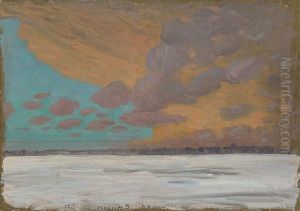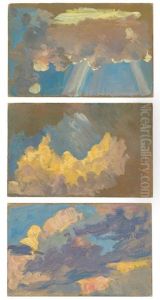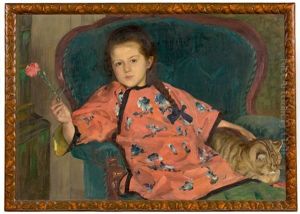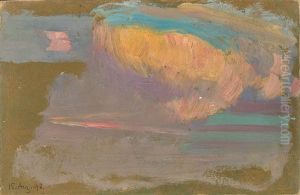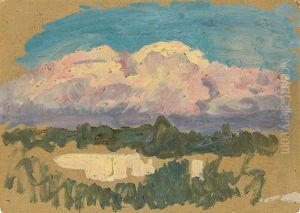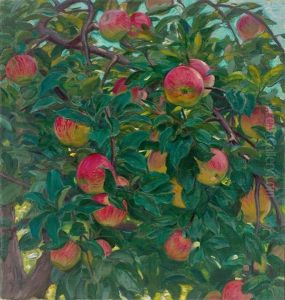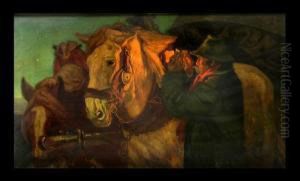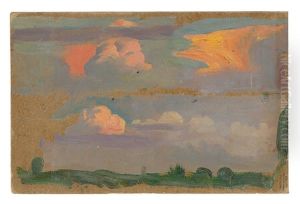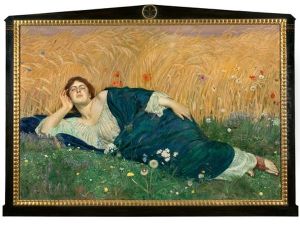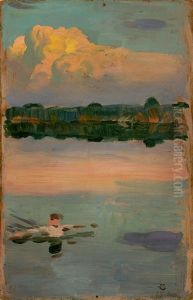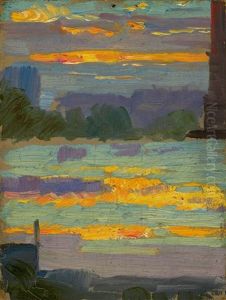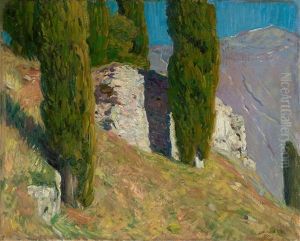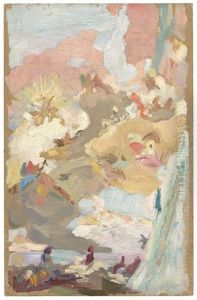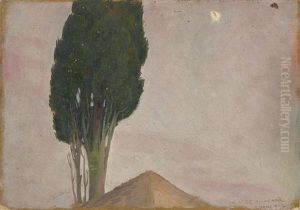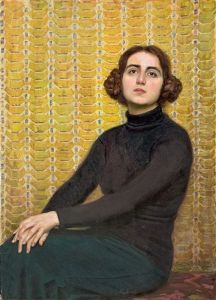Osmar Schindler Paintings
Osmar Schindler was a significant German painter, born on July 17, 1869, in Burkhardtsdorf, Kingdom of Saxony (now Germany). He emerged as an influential artist in the late 19th and early 20th centuries, navigating through various styles, including Academic art, Impressionism, and Art Nouveau. Schindler's work is often characterized by its vibrant use of color, dynamic compositions, and a blend of traditional and innovative techniques.
Schindler began his artistic education at the Dresden Academy of Fine Arts in 1885, where he studied under renowned artists such as Leon Pohle and Ferdinand Pauwels. This foundational period was crucial in developing his technical skills and understanding of classical art traditions. Throughout his career, Schindler was deeply influenced by the rapidly changing art scene of Europe, incorporating elements of Impressionism and Symbolism into his work, yet his style remained distinctive for its emotional depth and pictorial innovation.
In the late 19th century, Schindler became a part of the Dresden Secession, a group of artists who sought to break away from the conservative constraints of academic art. This association further encouraged his experimental approach to painting, leading to a body of work that includes portraits, landscapes, historical scenes, and mythological subjects. One of his most celebrated works, 'David and Goliath,' showcases his skill in portraying dramatic narratives with a modern sensibility.
Despite his success, Osmar Schindler's contributions to art were somewhat overshadowed by the tumultuous events of the early 20th century and the rise of avant-garde movements that sought to redefine the boundaries of artistic expression. He continued to paint and exhibit his work until his death on December 19, 1927, in Dresden. Today, Schindler's artwork is recognized for its historical value and artistic merit, offering insight into the transition from traditional to modern art forms during a pivotal period in European art history.
